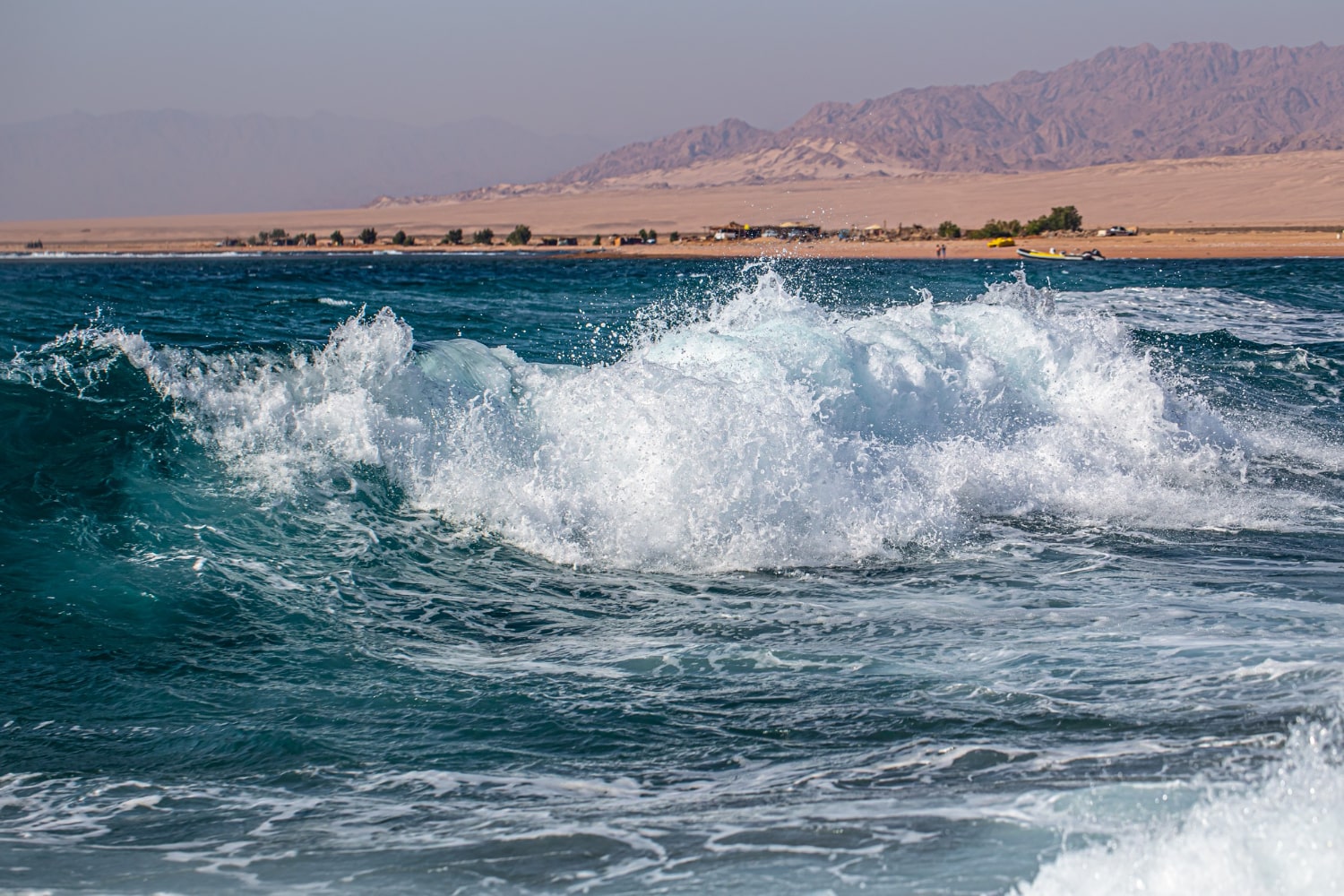Seas are among the most mysterious and life-giving regions of our planet. Their importance for the climate, biodiversity and development of human civilization cannot be overstated. Each sea has its own unique features, surprising properties and one-of-a-kind phenomena. In addition to well-known information, there are many less obvious facts that may surprise even experienced travelers. Below is a collection of fascinating and insightful facts about seas that you may not have known.
- The saltiest sea in the world is the Red Sea. Due to limited water exchange with the ocean and a high rate of evaporation, its salinity exceeds 40 parts per thousand. This makes it one of the most saline bodies of water on Earth.
- The Dead Sea is technically a salt lake, despite its name. Its salinity is several times higher than that of other seas, allowing the human body to float effortlessly on its surface. Only specific microorganisms can survive in such extreme conditions.
- The Sargasso Sea is the only sea in the world without shores. It is located in the center of the Atlantic Ocean and is surrounded by ocean currents. The sea gets its name from the floating brown algae known as Sargassum that thrive there.
- Seas host more species of organisms than any other environment. You can find fish, jellyfish, whales, mollusks, coral reefs and many other forms of life. New marine species are discovered every year, highlighting the incredible biodiversity beneath the waves.
- The shallowest sea in the world is the Sea of Azov. Its average depth is only about seven meters. During summer, the water heats up quickly, making it a popular vacation spot.
- The deepest sea is the Philippine Sea, which reaches depths of over ten thousand meters. It is home to the Mariana Trench, one of the least explored places on the planet. This trench represents some of the most extreme conditions found on Earth.
- The color of seawater changes with the season, microorganism activity and weather conditions. For instance, the Black Sea may appear greenish or bluish due to phytoplankton blooms. Similar color variations can also be observed in the Baltic Sea.
- Ocean currents have a powerful influence on continental climates. The most famous is the Gulf Stream, which carries warm water from the Caribbean to Europe. Thanks to this current, winters in many parts of Europe are much milder.
- Some marine areas are known for unpredictable whirlpools and strong currents. The Bermuda Triangle, located between the Atlantic Ocean and the Caribbean Sea, is infamous for the mysterious disappearance of ships and aircraft. These phenomena have inspired numerous legends and conspiracy theories.
- Seawater contains dissolved gold, though in very tiny quantities. It is estimated that there may be over 20 million tons of gold in the world’s oceans and seas. However, no economically viable technology currently exists to extract it.
- Seas play a key role in the hydrological cycle by evaporating water to form clouds that later produce rainfall. Coastal regions often have a humid climate as a result. This process is vital for agriculture and water supply systems.
- Some sea creatures emit light through a process called bioluminescence. This phenomenon can be observed in places like the Maldives, Thailand and Puerto Rico. At night, the water glows with a bluish shimmer, creating a stunning natural display.
- Sea salt is extracted by evaporating seawater in shallow pools, leaving salt behind. This traditional method has been used for thousands of years. It is considered one of the most environmentally friendly ways of producing salt.
- Bays such as the Gulf of Mexico, the Persian Gulf and the North Sea are rich in oil and natural gas. Numerous offshore platforms operate in these waters. Unfortunately, oil spills pose a serious threat to marine ecosystems.
- The Mediterranean Sea is one of the most polluted in terms of microplastics. This is due to high population density, intense maritime traffic and limited water exchange with the Atlantic. Microplastic particles can harm marine life and eventually enter the human food chain.
- Some seas have underwater rivers, which are currents with different chemical composition and temperature that flow along the seafloor. These have been observed in places like the Black Sea. Such conditions create unique ecological environments.
- The formation of many seas results from tectonic activity. The shifting of Earth’s plates creates new sea basins and changes the shapes of existing ones. This geological activity continues today and can cause significant geographic transformations.
- Seawater contains valuable elements such as iodine, magnesium, calcium and potassium. Bathing in seawater can benefit the skin and respiratory system. Additionally, the marine breeze is believed to improve mood and support the nervous system.
- Human activity has led to the near disappearance of some seas. The Aral Sea is a well-known example, almost entirely dried up due to overuse of river water for irrigation. It is considered one of the worst environmental disasters of the twentieth century.
Seas are among nature’s greatest wonders, combining beauty, power and fragility. They play a crucial role in maintaining ecological balance across the planet. These fascinating and amazing facts offer a new perspective on the vast marine world. Protecting and using it responsibly is a shared responsibility for all of us.





